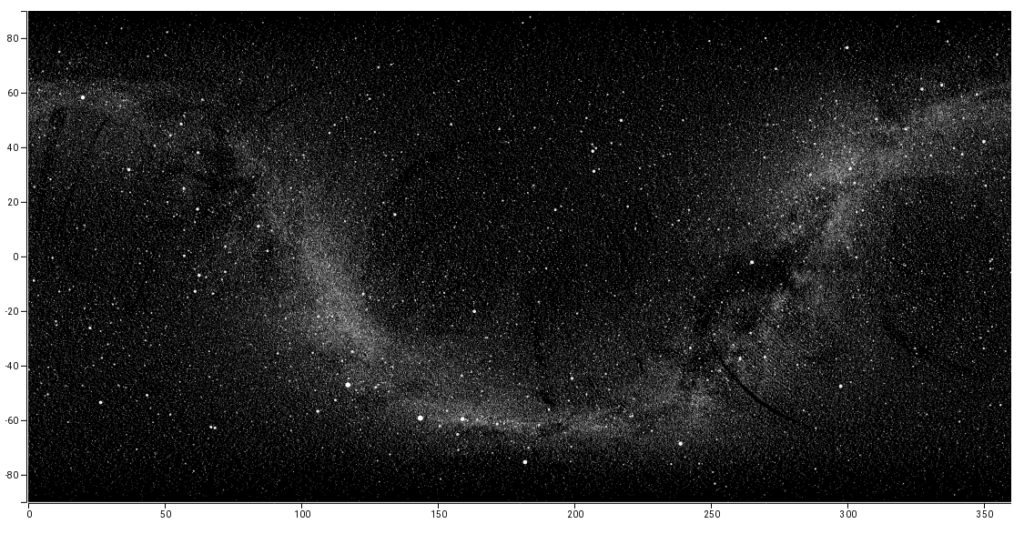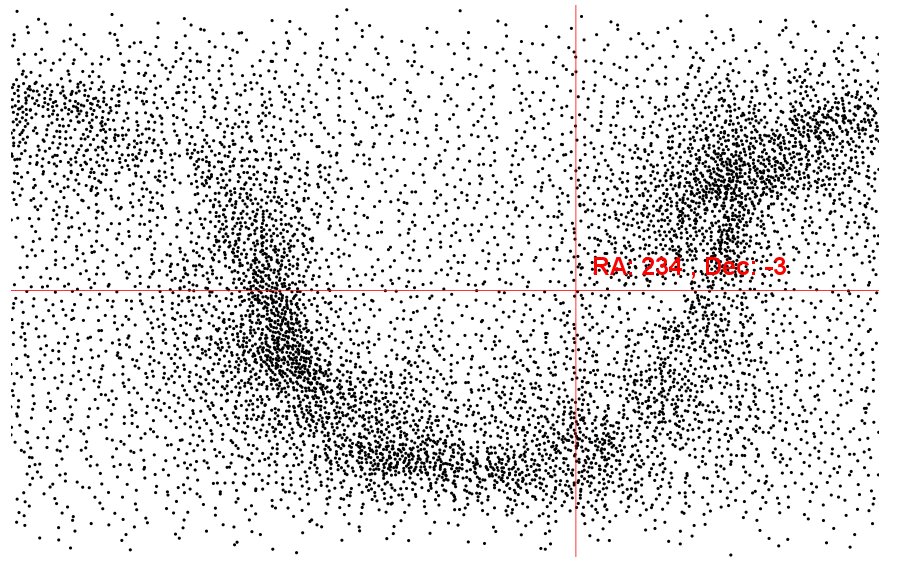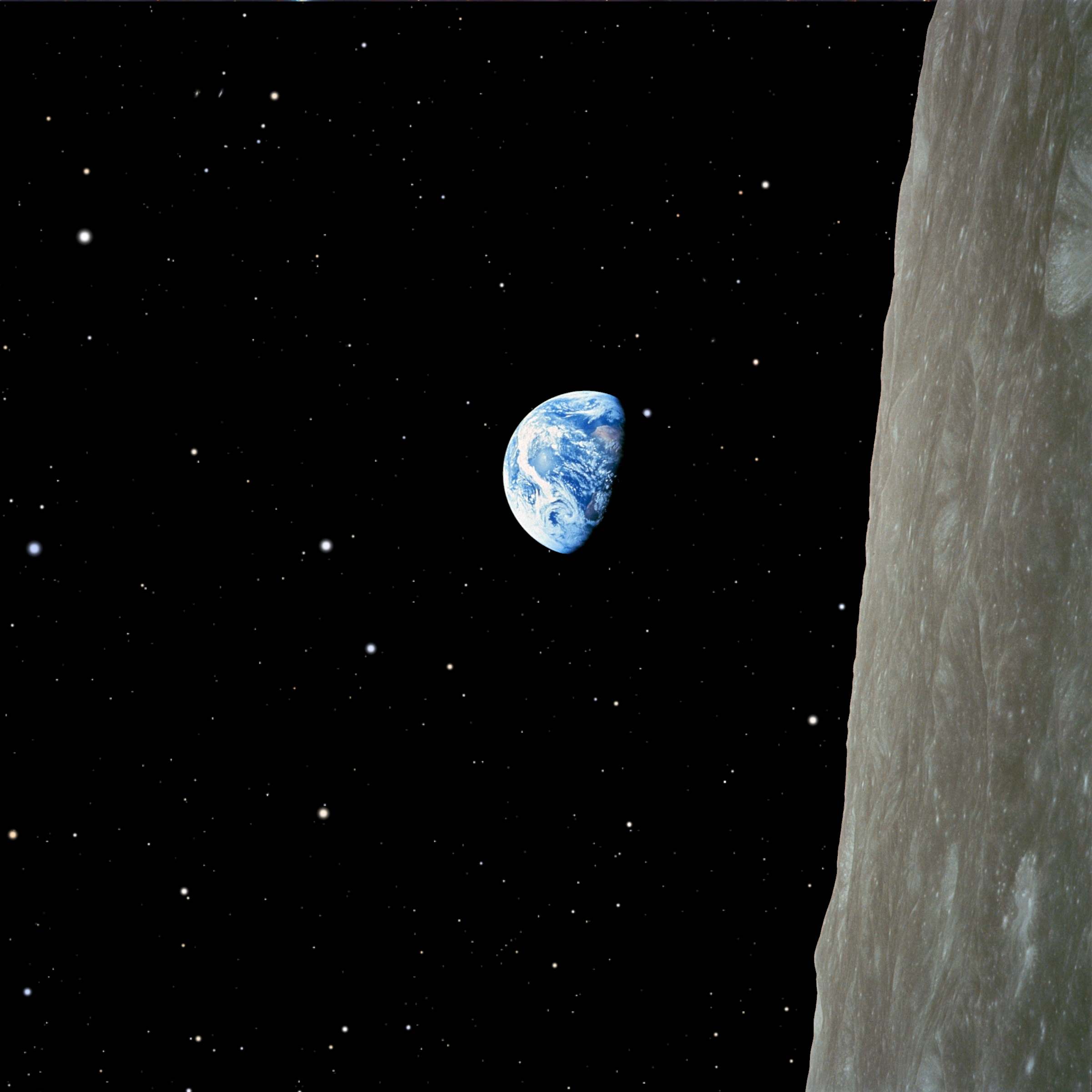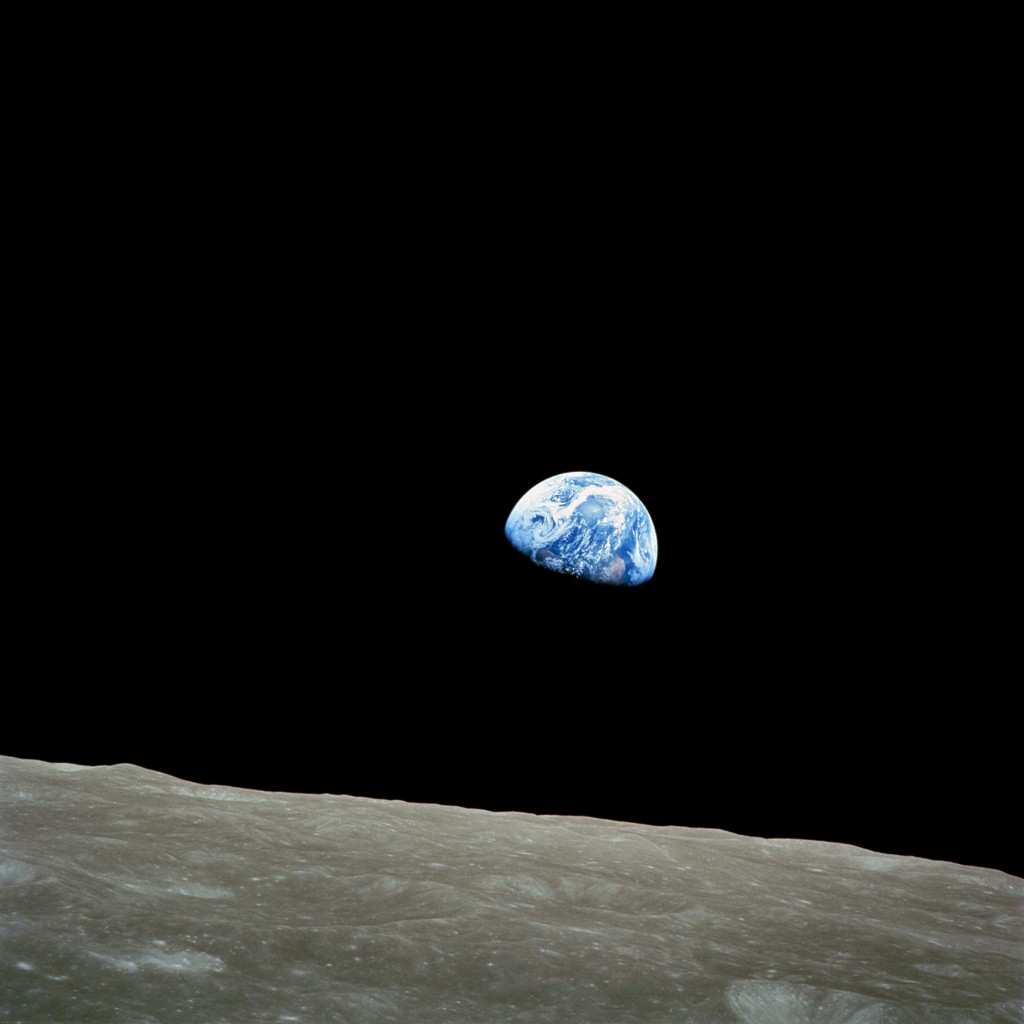Welcome back! (if that statement isn’t appropriate you’ll want to check out part 1 first: Gaia star data with D3 – part 1). We are going to make everything look much better, and then do a couple of optimizations.
Let’s make the sky look more natural, i.e. Black. In the current SVG specification there’s no way to set a background colour, so to work around that we’ll place a rectangle across the whole image.
Continue reading “Gaia star data with D3 – part 2 – prettier, faster”







